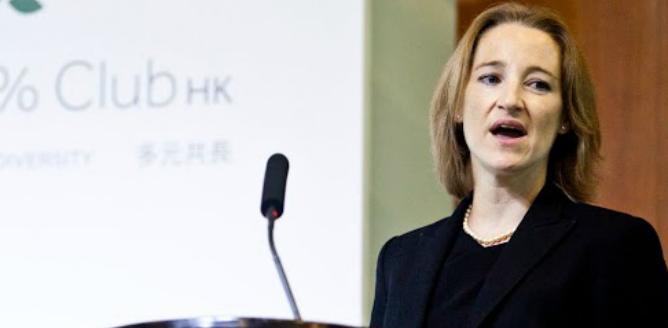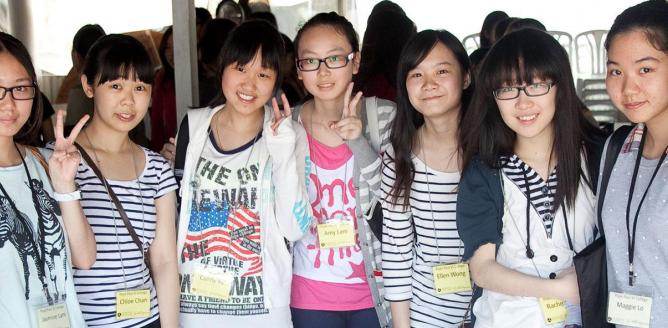“We need to resist the tyranny of low expectations. We need to open our eyes to the inequality that remains. We won’t unlock the full potential of the workplace until we see how far from equality we really are.” — Sheryl Sandberg, COO of Facebook
2018 is almost over, and in less than a month, we will be welcoming 2019. But have we made progress? Two separate US-based studies show that progress in workplace gender diversity is stagnating and the gender pay gap is wider than previously thought.
According to the study “Women in the Workplace 2018”, conducted by McKinsey and LeanIn.org, women in the US remain significantly underrepresented in the workplace. Although more women earn bachelor’s degrees than men, they are still less likely to be hired into entry-level positions, and are far less likely to be hired or promoted into managerial positions. Women currently hold 38% of managerial roles, while men occupy a whopping 62%.
It is also not uncommon for female employees to experience being “the only one” woman in their division or department. Around 20% of respondents say they are the only woman - or one of the only women - in the room at work. The rate is double for women in senior positions or technical roles, with 40% of them being the “Onlys”.
Lack of gender diversity is linked to biased behaviour. Over 60% of female employees say they are on the receiving end of microaggressions – ranging from having to prove their competency more than men to being mistaken for a junior employee – while a bigger proportion of women “Onlys”, or 80% of them, report experiencing it.
Around 35% of women employees say they have experienced sexual harassment at one point in their career, with the number much higher among women in senior leadership and women Onlys, reaching 55% and 70% respectively.
If we look at the gender pay gap, the story is no better: a woman in the US earns just 49 cents to the average man’s dollar, much less than the 80 cents frequently reported. The new findings are based on “Still a Man’s Labour Market”, a report by the Institute for Women’s Policy Research, which examines women’s income over a 15-year period and takes into account time off for family and child care.
In Hong Kong, women comprise less than 30% of management positions – the second lowest percentage in Asia, according to Hays Asia Salary Guide. While on average women in their 30s earn 11% less than their male counterparts, the pay gap increases along with age, with women in their 50s earning 25% less than their male peers, and women in their 60s merely half.
At TWF, promoting gender equality means valuing women and men equally; safeguarding the right of women and men to have access to the same opportunities in all aspects of society including education, employment and income; and ensuring both genders are able to contribute equally to political, social, and cultural developments.
As the year comes to a close, let’s reflect on the progress made in gender equality and continue our commitment to change that will benefit society as a whole.
Get in touch at Fiona.Nott@twfhk.org.





















